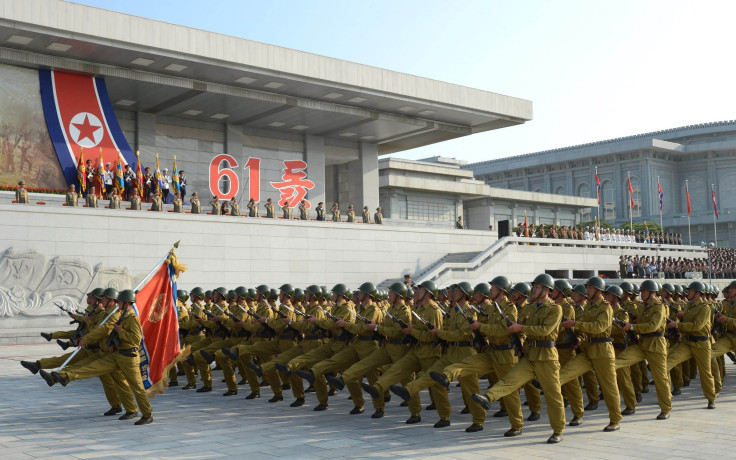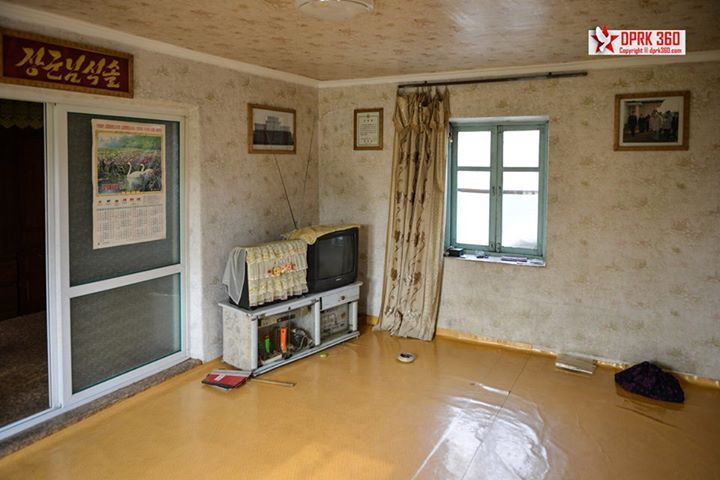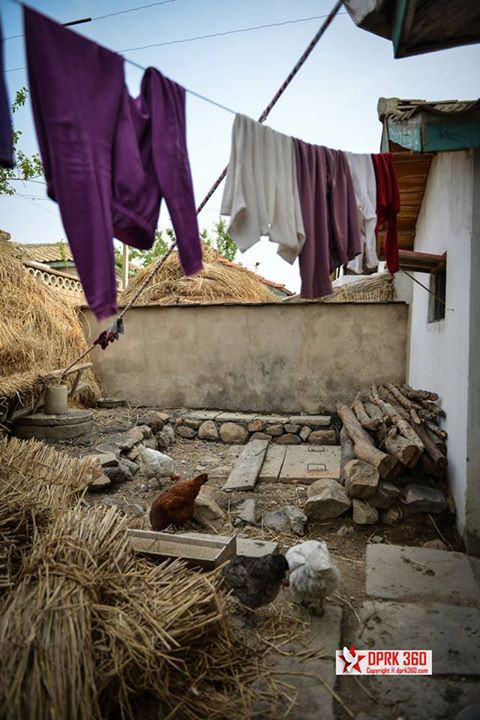North Korea Spreads Propaganda Message With Tourism Video Aimed At Western Internet

North Korea knows it has a serious public relations problem. The world's most isolated nation has drawn international condemnation for forcing its population of 25 million to endure shocking levels of starvation while forcing dissenters into brutal concentration camps. Rather than correct these problems, though, and attempt to join the international community, the government of Kim Jong Un has instead sought to save face by authorizing glossy propaganda videos that depict Pyongyang in a positive light.
North Korea has been producing cartoonish anti-South Korean and anti-Western propaganda since the end of the Korean War in 1953. The Internet age, though, has forced the Communist regime to update its strategy and attempt to make itself more appealing for tourists and in the eyes of potential foreign investors.
The latest video comes not in the form of a grainy military video (common on YouTube thanks to an online army of North Korean supporters living outside the country), but a sleek time-lapse video produced by professional photographers. Dubbed “Enter Pyongyang,” the three-minute piece is a gorgeously shot glimpse into a world that few outsiders, and even fewer Westerners, have had a chance to experience. Canadian-born economic specialist J.T. Singh (who describes himself as a “city-branding pioneer”) and flow-motion videographer Rob Whitworth, from the United Kingdom, created the film, telling International Business Times that the project was sponsored by Beijing-based Koryo Tours, which has offered carefully guided tours of the country since 1993, and authorized by Pyongyang's National Tourism Administration.
"I’m not exactly sure where the idea originated. I just know it was an opportunity I jumped at,” Whitworth said via email from China. “I found North Korea to be totally beguiling. As I’ve found with all my travels, the world is populated with people living their lives; commuting, shopping, chatting. Pyongyang was no exception.”
The mesmerizing video attracted millions of views within days of being uploaded on Vimeo, with a number of commenters pointing out that it – perhaps not coincidentally – doesn’t show North Koreans forced to eat soil to survive or any other defectors’ claims that would portray the government in a harsh light. Whitworth, who admitted that “access to locations was heavily controlled,” said this “video is one of many possible representations of Pyongyang.”
“Standard shooting restrictions were in place. For example, we were not allowed to shoot construction sites, some military buildings, and any images of the leaders could not be cropped,” he said. “It’s amazing how much people think it is fake and staged. There is one scene where we asked some women wearing national dress to walk in a straight line (at 01:27). Other than that we were shooting what was happening in front of us.”
Aram Pan, a Singapore-based photographer who has chronicled his frequent trips to the Democratic People’s Republic of Korea on his website, praised the “Enter Pyongyang” time-lapse while explaining that there’s a glaring need to inform the world about the lives of North Koreans who don’t live along the pre-planned tourist routes.
“When I asked to see a North Korean home, I was first brought to a perfectly cleaned and displayed model home,” he told IBTimes, adding that he’s allowed more freedom now to take pictures than in years past. “I explained to them that the world is much more interested to see the home of a common man than that of a model home. They then immediately brought me to see a farmer’s home. When the farmer began tidying up, I had to stop him and say, ‘Look, it is all right. Nobody will judge you.’”


If the country is working to portray itself in a more favorable light, though, the North Korean people are still accustomed to murder, enslavement, torture, forced abortions, prolonged starvation, as well as widespread rape and sexual violence, according to many reports. Pyongyang plans to publish its own human rights report to tell the “truth” against the United Nations report published in February, which was supposedly full of “lies and fabrications.”
Since Kim Jong Un assumed his position as supreme leader on his father's death in 2011, the country’s elite have been given access to more amenities, including a ski resort, water park, fitness center and a 3-D movie theater. This while 84 percent of North Korean households are struggling to put food on the table and four months after hundreds of people are believed to have died when a 23-story apartment building collapsed in Pyongyang.
Such grim realities have flown under the radar, first during former NBA star Dennis Rodman’s visit and now again with “Enter Pyongyang,” according to Joshua Stanton, a Washington, D.C., attorney and North Korea observer who runs the One Free Korea blog.
“The city itself looks sterile, and in my own subjective view, some of the scenes look staged,” he said when shown the time-lapse video. “The camera shows up a gleaming Ryugyong Hotel, despite the fact that it’s vacant under glass. My main complaint about videos like these, however, is that by showing us a minders’-eye view of Pyongyang, they distort the reality of North Korea. For most North Koreans, life isn’t clean, orderly, or well-fed.”
Like the time-lapse video, the recent propaganda that’s come directly from Pyongyang shows no evidence that anything is wrong there. Media aimed at a Western audience released in recent months has used racial epithets against President Barack Obama (calling him a “monkey” with “unclear blood”) as well as revolting sexist and homophobic remarks against the president of South Korea and the head of a United Nations commission, respectively. This language has led many, including Stanton, to wonder if creating such flawlessly rendered videos is worth it.
“One change the video does evidence is the willingness of more foreigners to set aside some very compelling ethical considerations, collaborate with Pyongyang, and produce slick videos to portray it in a favorable light,” he said. “To some extent, North Korea does care about what foreigners think, even if its efforts to shape world opinion are often grossly inept and comically oblivious.”
© Copyright IBTimes 2025. All rights reserved.



















